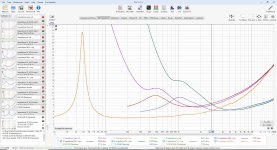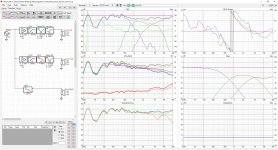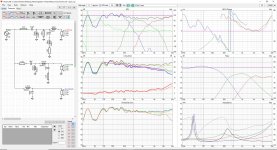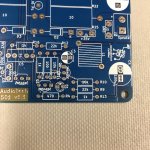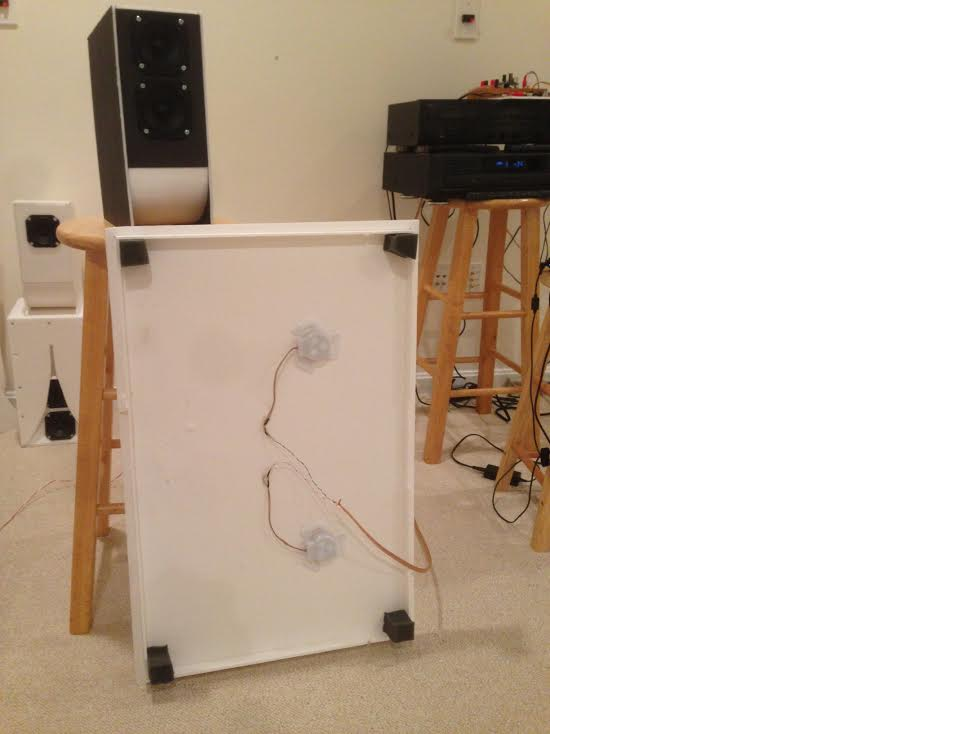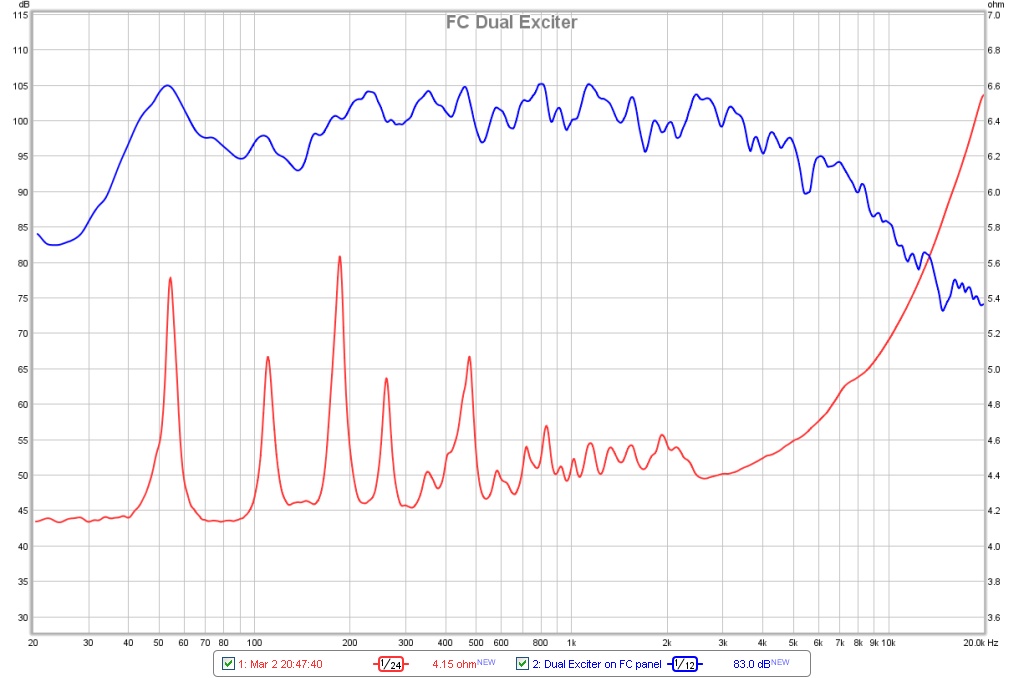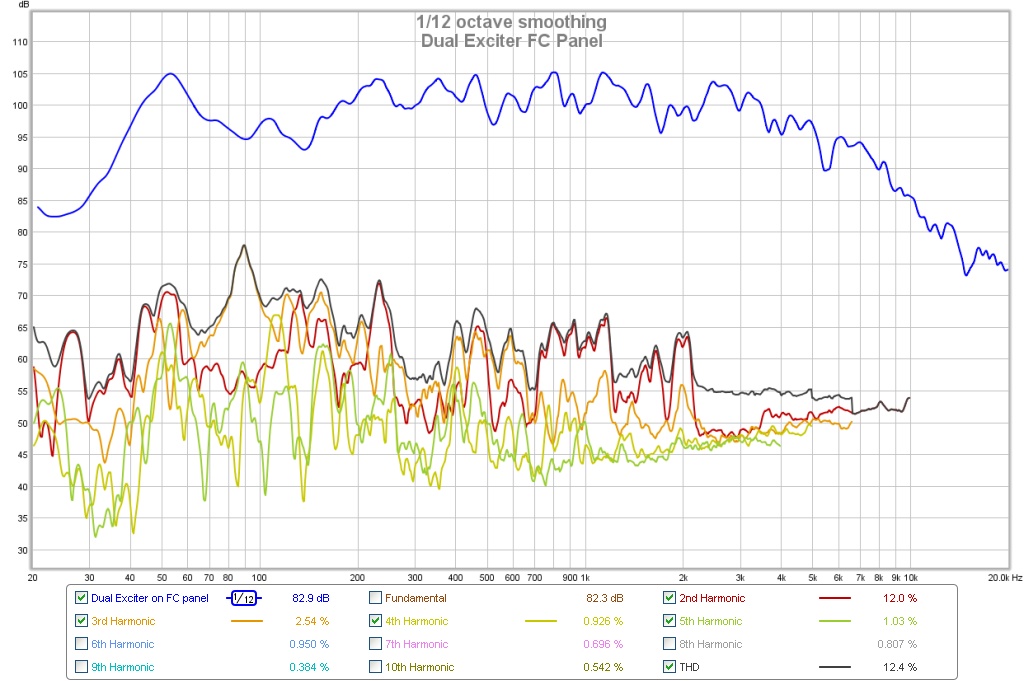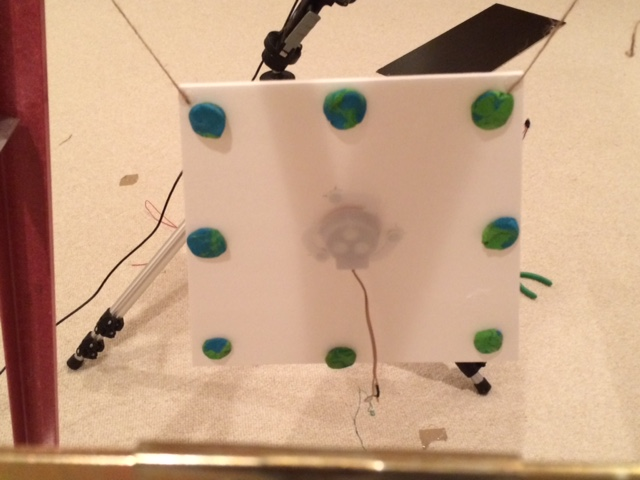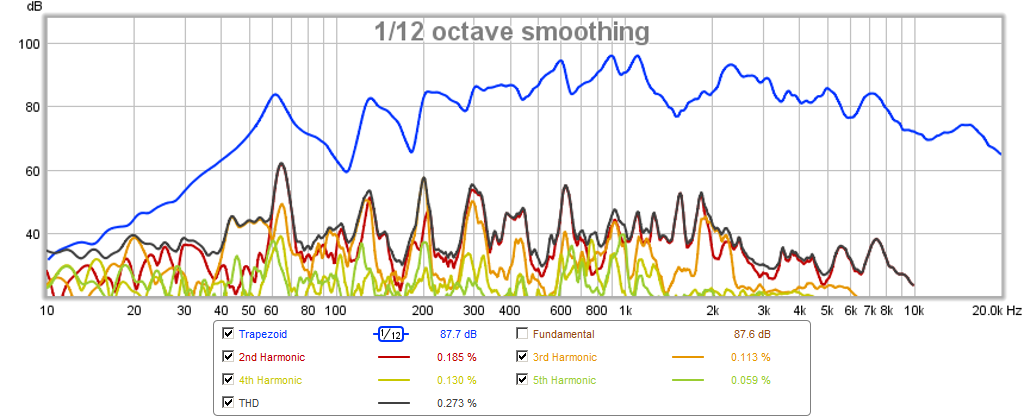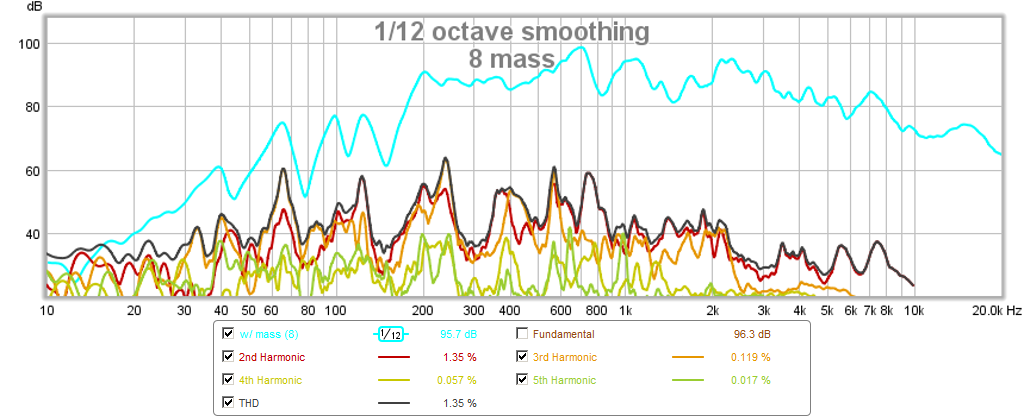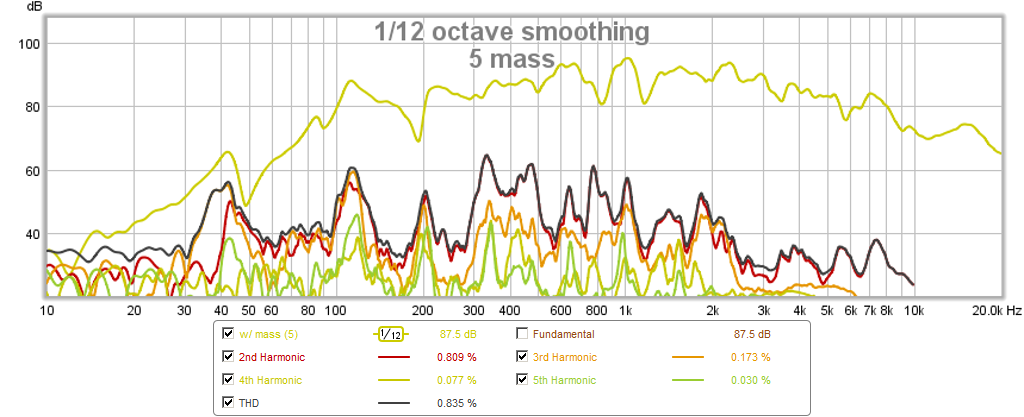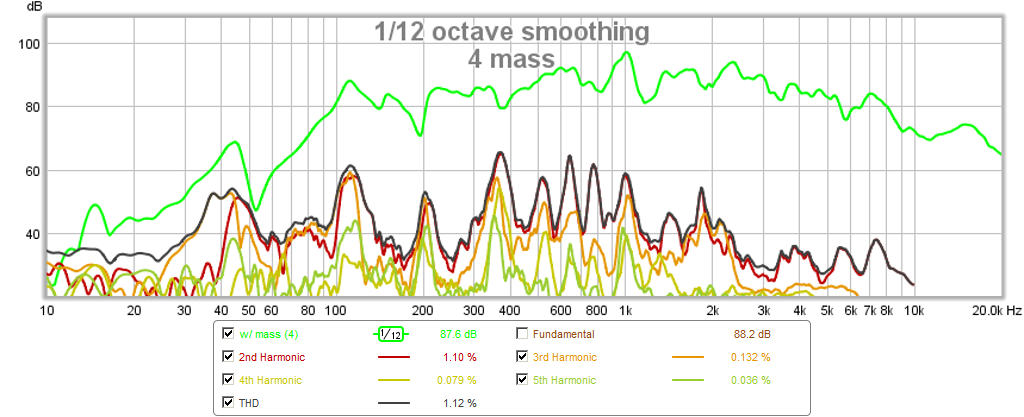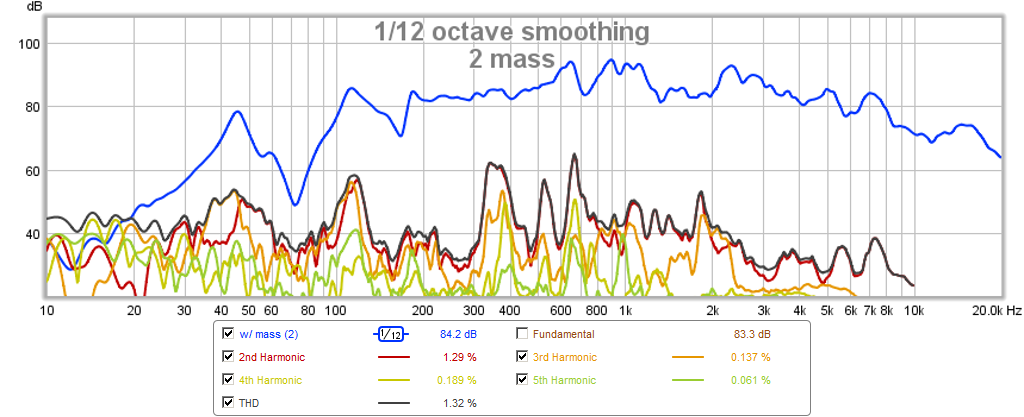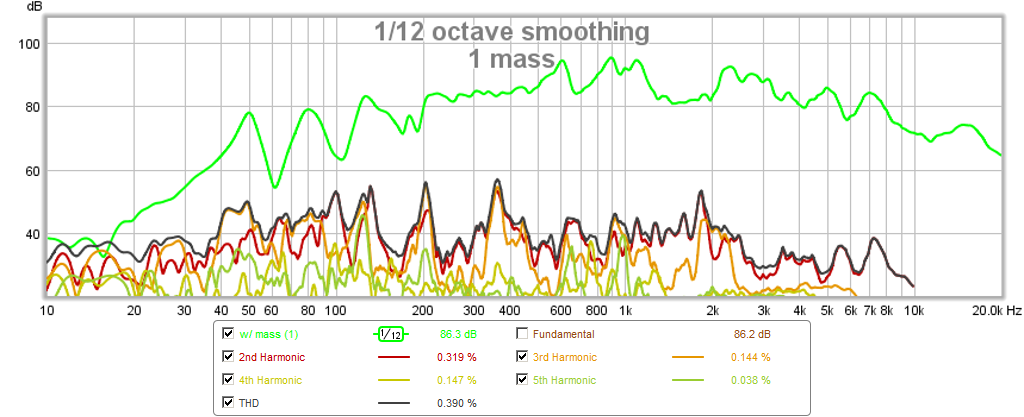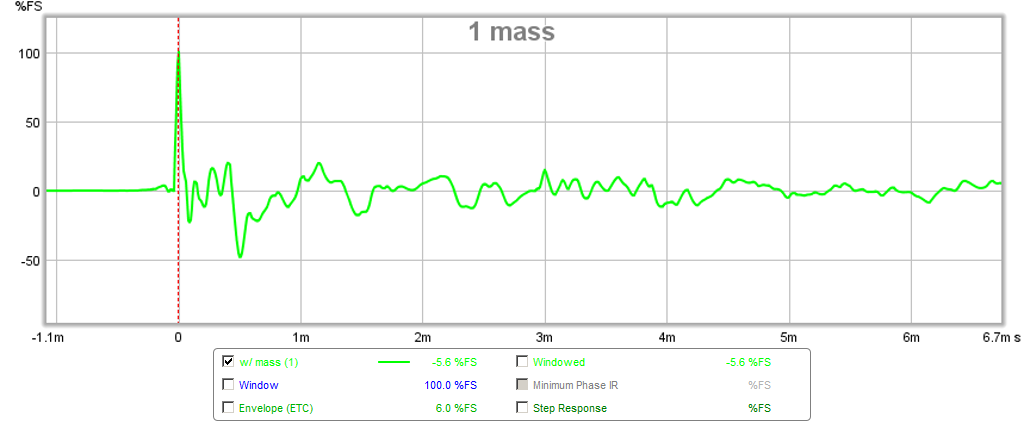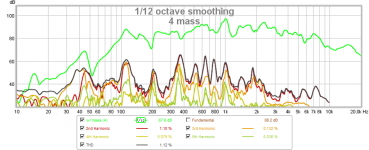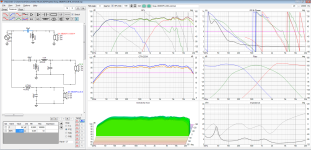The classic tower speaker. We all know it. It is burned into our brains. It stands well off the floor. It has impressive looking multiple woofer in a line going up. It impresses friends. It sells loudspeakers. An absolute staple in the hifi world. If you ask the average person on the street to draw you a picture of a hifi speaker I'll bet my speaker collection that they draw sketch out a tower on that piece of paper.
So lets discuss the dark art of multiple woofers. I am going to ask some questions along the way. For this we will focus on the 500hz and down end of the woofers. Just to simplify things a bit
1. Multiple woofers because the sensitivity of woofers is, in general, lower than the mids and the highs.
We have all padded down a tweeter. We have all experienced the loss of sensitivity because of those resistors. Everyone knows that more speakers equals more louder. I hear it is +3db. I have a question though. Lets take 2 woofers. Specifically, lets take two 8 ohm 6.5" woofers. Dayton RS150-8 for example. I probably wouldn't ever use these but its easy for me to sim this.
Lets look at a single woofer and lets say we are only going to use it from nill up to 500 hz.
We have about 89 db sensitivity there. Lowest impedence is 6.0 ohm.
Cool, we have a baseline. Now, lets add a second woofer. We will wire this one in paralell
Alright, now we have jumped up to about 95 db sensitivity. +6db. We are now down to 3 ohm
Let's now wire that woofer in series.
Alright, we are back where we started. 89 db except now we have a 13 ohm lowest impedence. So, what happened to all of sensitivity increase?
It went out with impedence is my guess. Then was ou6r previous +6db gain from the impedence as well? I do not know.
Do we only gain our +6 db when wire in paralell or are we getting +3db from the dual speakers and +3db from the impedence?
Lucky for us, there is a 4 ohm version of this driver. Lets compare a single 4 ohm and series 4 ohm.
91.7 db, 2.8 ohm lowest impedence Same in series, 91.7, 2.8 ohm
Now, we can decipher that adding another woofer in series doesn't make it play louder. However, two woofers with the same impedence as one woofer gives us a +3db sensitivity.
The two in parallel with a combined impedence of 4 ohm is about +3db louder than a single driver with an impedence of 4 ohm.
Is this how this works then?
2. Crossover values diminish with lower woofers
Lets take a look at inductor values
Lets cross at around 250 with an 8 ohm. 3 mh is needed. 43 uf cap. You see we are crossing 90db at 204 hz with these values
Now, same values with a 4 ohm driver. We see we would need higher values of components to cross as low as the 4 ohm driver. We are crossing 90 at around 300 hz now.
So, from this we need higher values with an 8 ohm driver. So what if we use two 8 ohm drivers in paralell.
95 db at 109 hz. Cool, this looks nicer. Look at all that low end gain and we get to use lower values for components
Alright, one more time but in series.
Booooo, well that stinks. Now we end up with a hump where we don't want it and it looks like we have actually lost high end extension
If we do try to use the low end here we would need huge components and we get no gain. Lose lose situation as far as I can tell.
Ok, so with this, I have concluded that there are senstivity benefits, low end extension benefits, and lower value component values if we use multiple woofer but ONLY if we use them in parallel. Am I on the right track here? I am not seeing why anyone would wire them in series other than to save their amplifier because it has an impedence limitation and all they have lying around are lower impedence drivers.
I am seeing how we get more low end extension with two drivers. At least in theory
3. More Cone area = More Bass
Now this I have heard all my life. However, when I start to run this through the ringer of physics, I am not seeing it play it out the way I would expect.
Lets toss a single 10" woofer, a single 12" woofer, and dual 10" woofers into WinISD.
5' box for the single 10, 6' for the single 12, 10' for the dual 10"
We have wayyyyyy more cone area with the dual 10 yet, basically no more bass extension even though we doubled the box size. Not only this but the single 12 still hits harder. I see this across the board with any driver I have ever tried to sim in whatever combination. It doesn't matter. Never does multiple smaller drivers hit as low as a single large cone. Never. I could sim drivers all night long (and I have) and not see this standard change.
So, is WINISD completely off base? I find that hard to believe because I have used it in conjunction with Hornresp and have had it spit out eerily accurate results in the world I reside.
Does more cone area just mean louder? It doesn't mean lower?
4. Floor Bounce and Diffraction
These two, in my mind, are combined. Far as I can tell, the floor and the diffraction are two metrics that combine to give you a low end response. The baffle step takes away, and, if done right, the floor can give back. Or the floor can take away. Or the floor can take away AND give back. Ahhhh, the wizardry begins.
I understand these the least. Or rather, I have done the least testing with these. I fully understand the physics of what is happening.
I am a visual person so lets do some examples. I just learned how to do this so let me know if I am doing this entirely wrong. Which I think I might be.
6" woofer at 20" heigh on a 10" baffle where you'd normally place a single woofer close to mid.
We lose about 6 db off low end to the baffle.
Then we gain some from the floor at 20".
Then we get the summed response and we end up with that stupid dip at 100 hz that I have experienced in a build and very much annoys me. Though we still gain some bass so thats cool.
Lets slap a second woofer on the floor. Right down below. I have seen some speakers designed like this and honestly do not understand how they get away with the phase issue unless they are crossing very low like 120hz or something.
Doesn't matter! We still get a stupid dip at 100 hz.
Questions:
Do I sum two woofers together in this simulator?
How do you avoid the 100 hz dip? Do you need to go up much higher from the floor? WMTMW style?
Is there any way to apply this to a simulated response just for design purposes and factor this in?














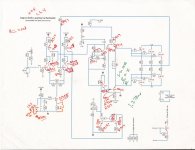
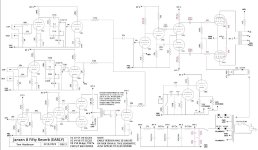


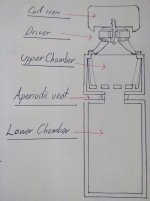




 )
)